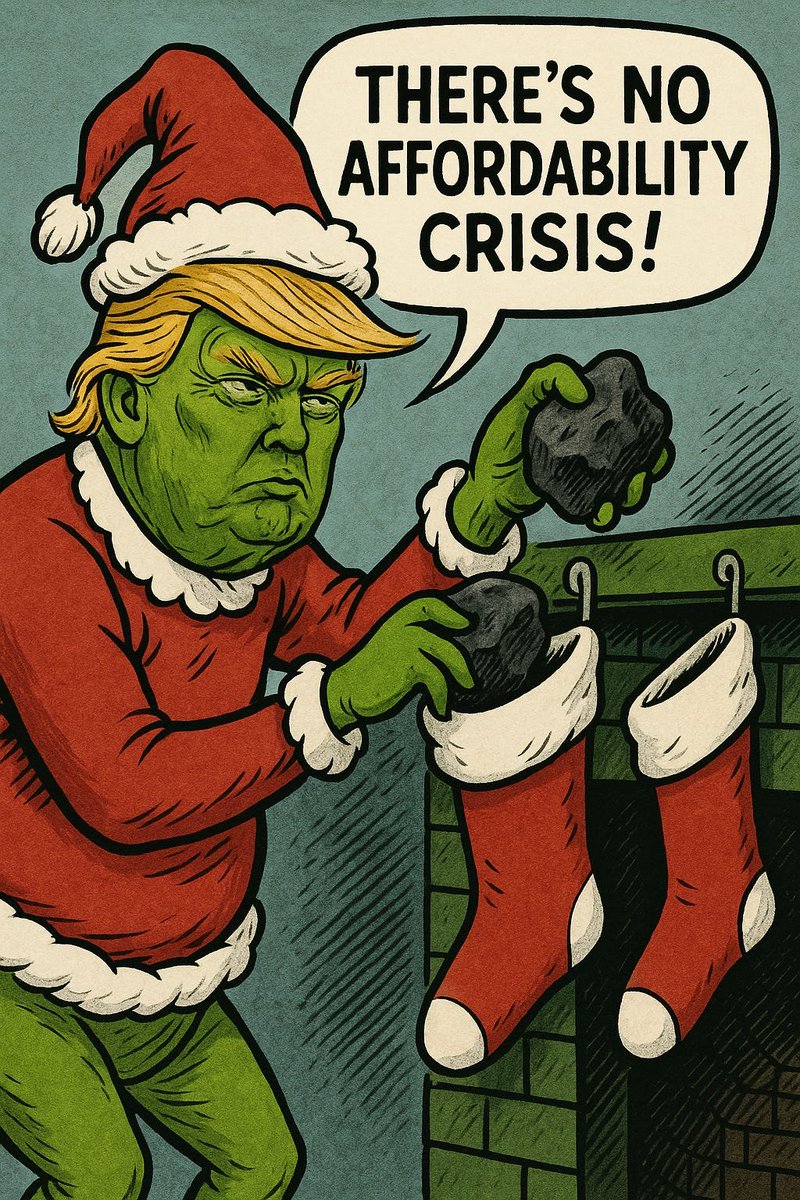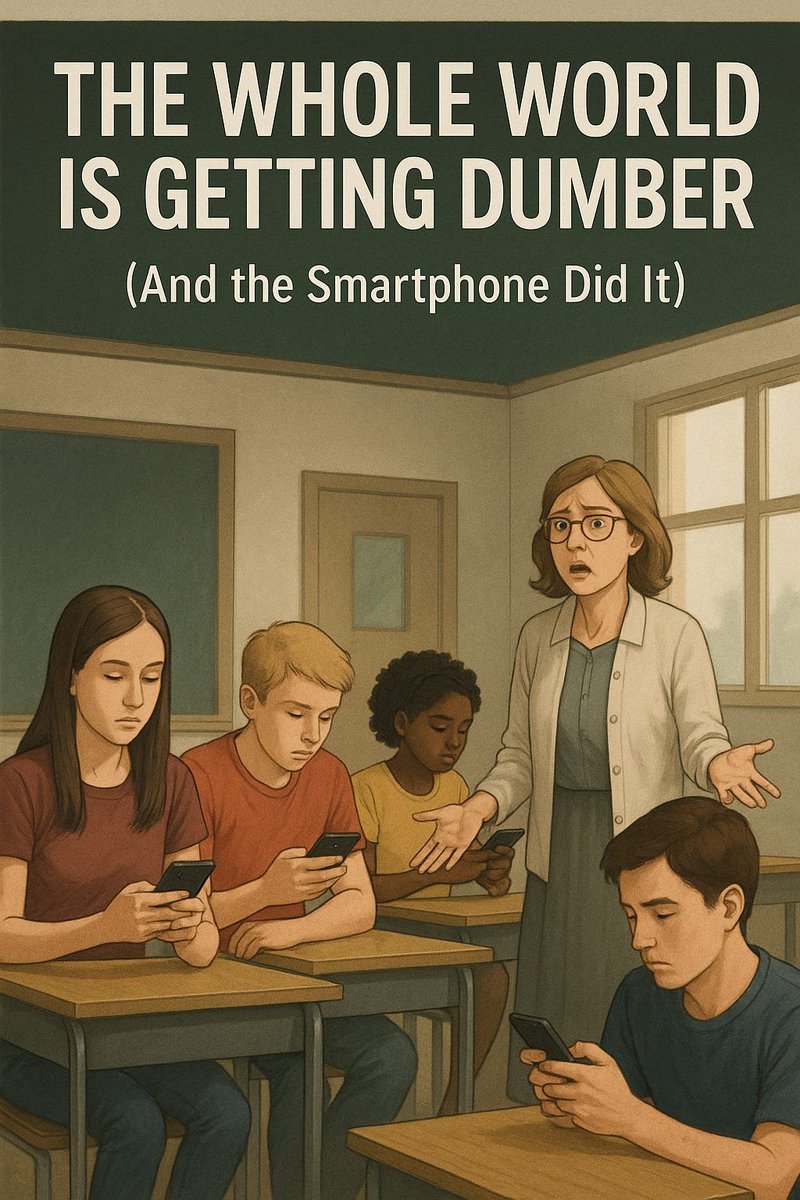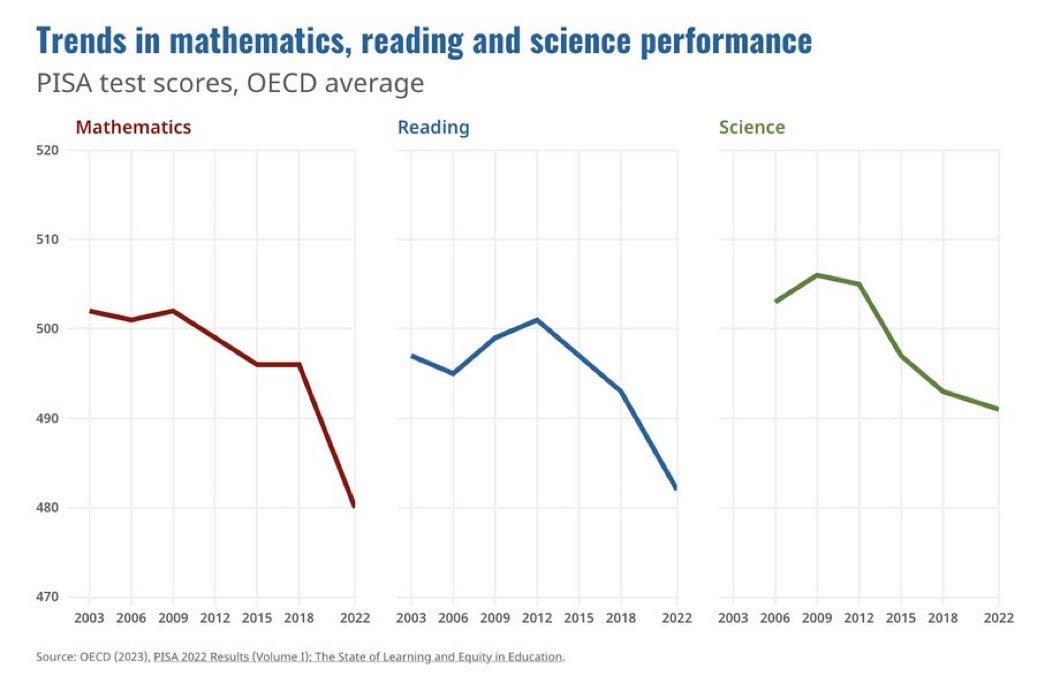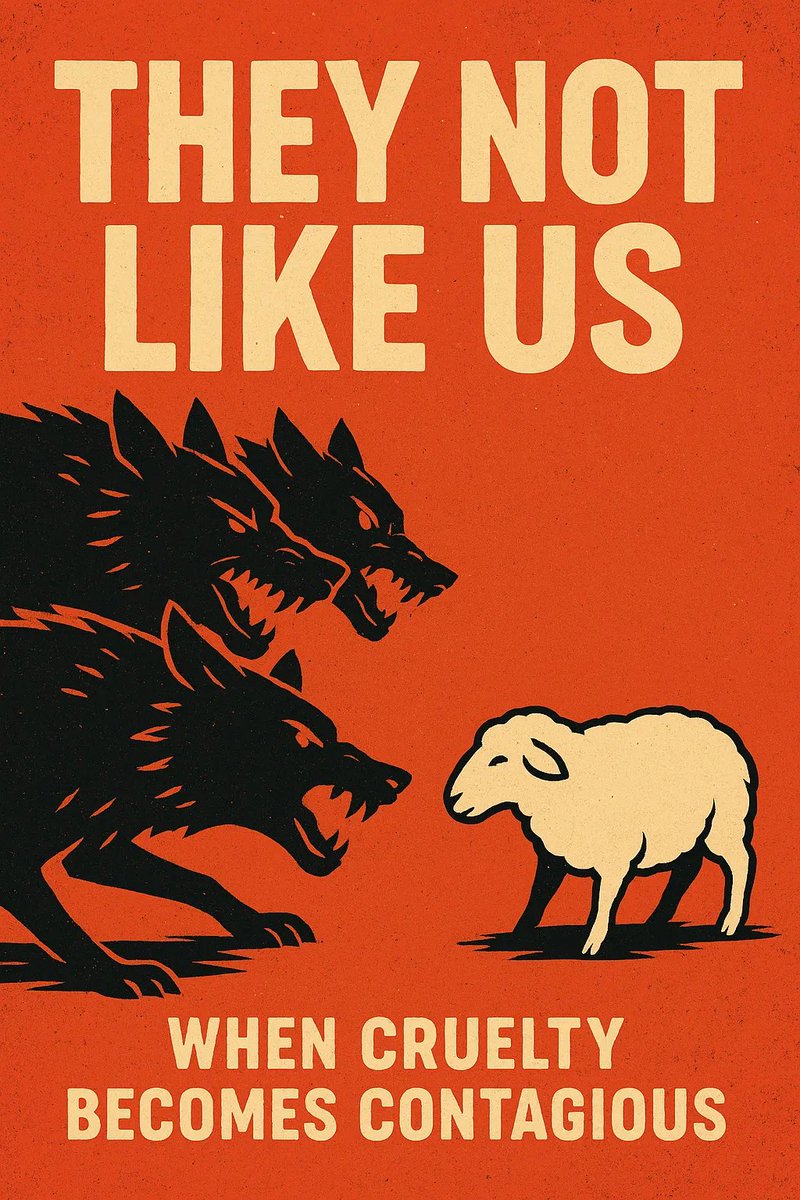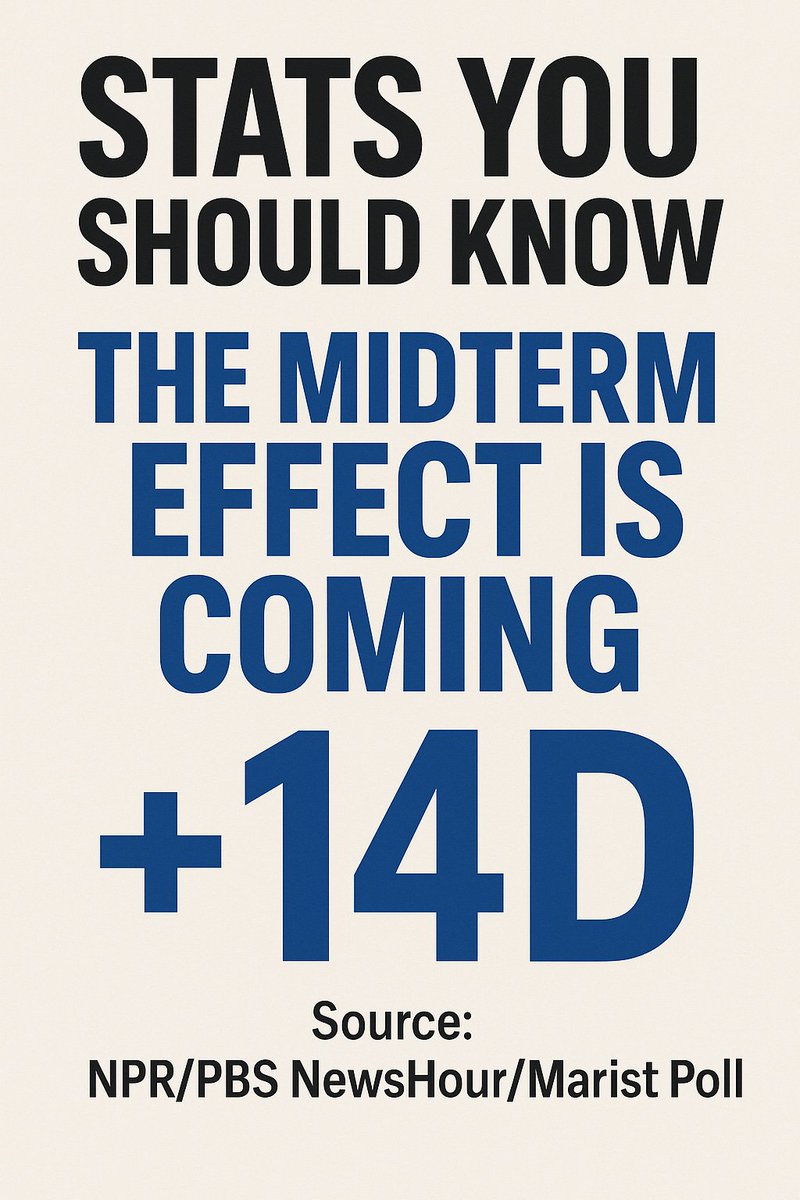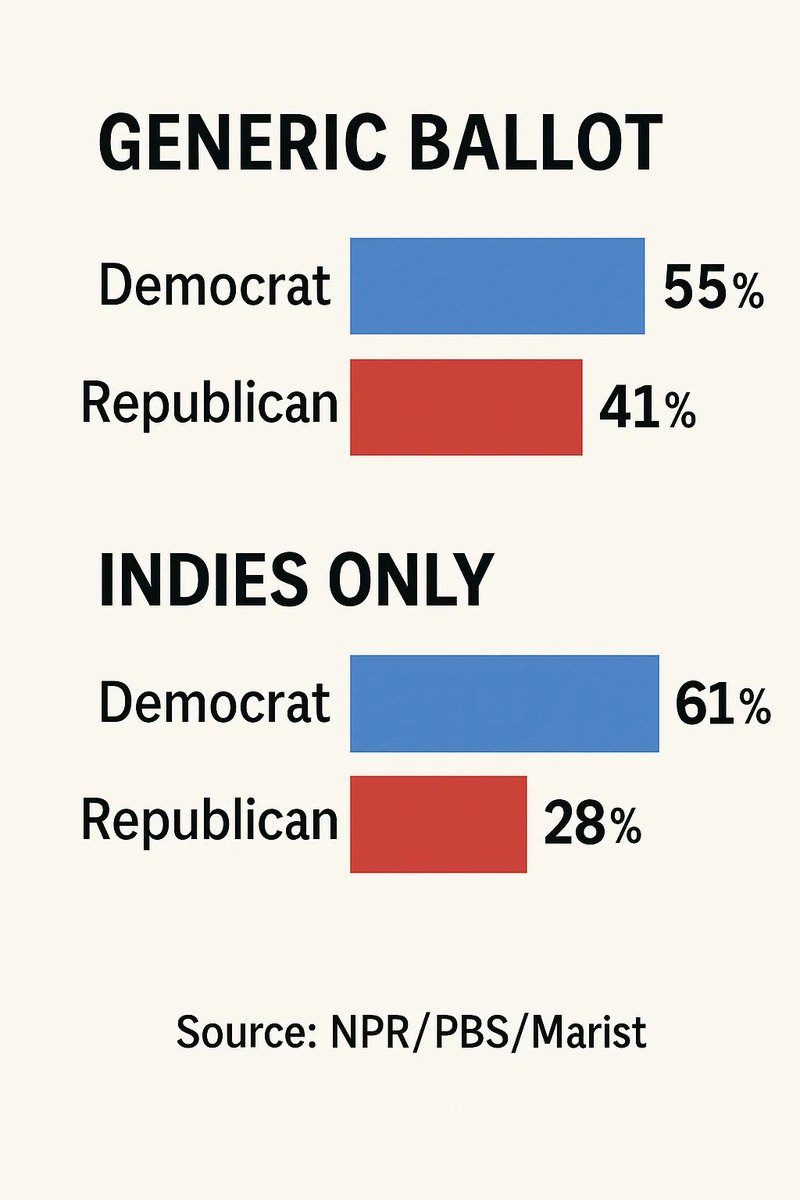My point about voters is that everyone you EVER interact w on political twitter, at political events falls into the tails of this distribution (2.5%). Most people who watch mainstream major networks news, read @nytimes or @WAPO,watch Sunday shows would fall within the 13.5% bands 
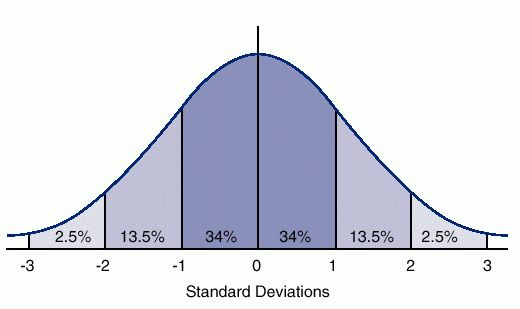
Although there are certainly some primary voters who hail from the two 34% areas, the bulk of the two party's primary electorates come from the right & left flank of this graph, which means the far left & right are far more extreme than average & even the center and mods are more
conservative and liberal than the average electorate. For all the convo about the Dem primary, polling consistently shows only about 40% of all people who plan to cast ballots in it, people who as a group are already non-representative of the whole country, have watched a debate
Much of the people sitting in those two 34% bands are America's "disengaged" (as @pewresearch calls them). They aren't particularly ideological, but bc of that, they aren't all that inclined to participate (although this is NOT the only thing driving our low participation rates).
So when I give public lectures and interviews I try to remind my audiences that if they are hearing me talk, they are in the 1%. And when they look around confused I clarify, "no, no, not the income 1%, the information 1%. Th engagement 1%. And this is the crisis that underlies
every other crisis we have in American politics."
I want to add this follower Q to the thread in case other people need this frame of reference. Very good Q! 

• • •
Missing some Tweet in this thread? You can try to
force a refresh


